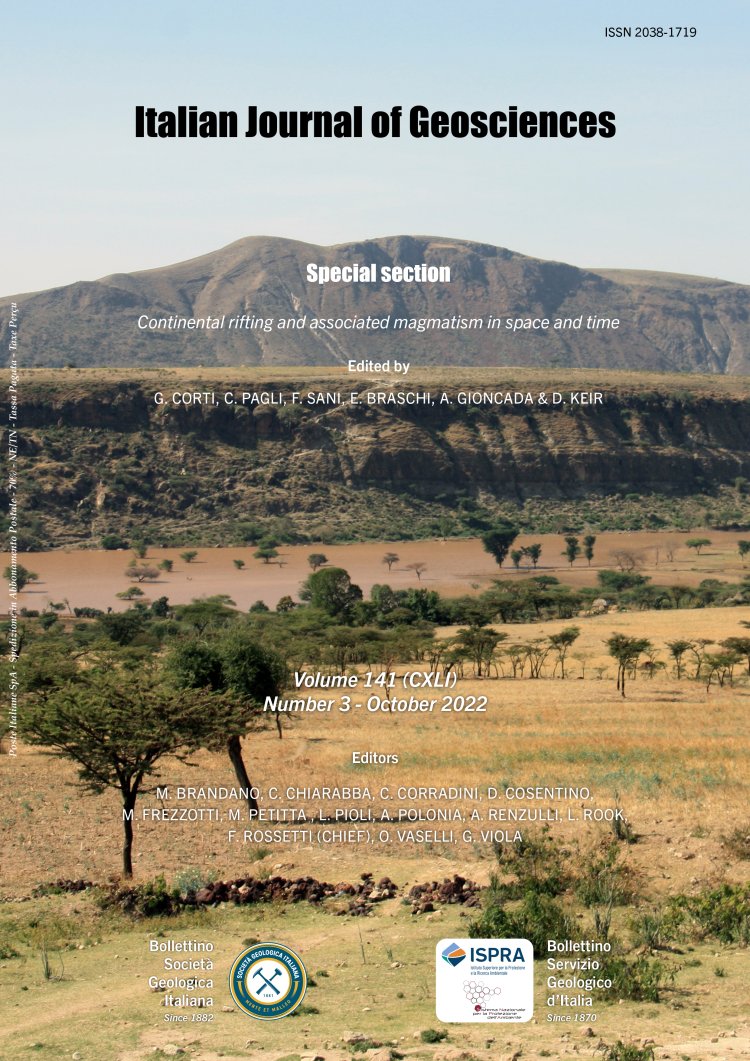
Plume-related, syn-rift, Neogene volcanism, the interplay with structure in Thailand and comparison with the East African Rift
Chris Morley1 & Sarawute Chantraprasert1
1PTT Exploration and Production, Enco Building A, 555 Vibhavadi Rangist Road, Chatuchak, Bangkok, Thailand, 10900.
Corresponding author e-mail: chrissmorley@gmail.com
DOI: https://doi.org/10.3301/IJG.2022.24
Volume: 141 (2022) f.3
Pages: 295-333
Abstract
Structure-magma interactions in rifts, particularly those associated with mantle plumes, contain examples where structure predominantly controls magmatism and conversely examples where magmatism strongly controls structure. Contrasting examples of these cases from East Africa and SE Asia are discussed. These two regions illustrate that the starting conditions of the lithosphere are very important for how subsequent rift-plume interactions progress. In Thailand the subduction zone setting, and thin, young, hot crust of SE Asia minimised the impact of contemporaneous mantle plume activity on passive rifting, particularly in terms of upper crustal magmatic activity, and surface uplift. Rift structure exerts significant control on the timing and location of Neogene magmatic activity in the upper crust. At the largest scale this control varies according to rift mode (narrow vs wide) which in turn is related to large-scale pre-existing fabrics. Magma has been extensively emplaced in the lower crust since c. 24 Ma, yet only reached the surface after 6 Ma. Stress rotation, and a later change to strike-slip activity probably created dilatant pathways for the late (<6 Ma) magma emplacement. The late magmatism includes alkaline basalts bearing xenoliths with economic quantities of sapphires and rubies. The East African Rift system (EARS) is the classic example of an active mode rift, where plume activity acting on cold, thick lithosphere has resulted in magma-assisted rifting. However, the early rifting history in the Turkana area of the EARS progressed from a passive rift affected by a plume (more akin to the Thailand setting) during the Eocene-Oligocene, and only during the Miocene did widespread propagation of the rift rely on magma-assisted rifting, and development of a truly active rift mode. While the two examples are in many ways end-members of rift-plume interaction, each can still offer clearer examples of certain processes that may, to a greater or lesser degree, be operating in the other system.
Keywords
Get Full Text